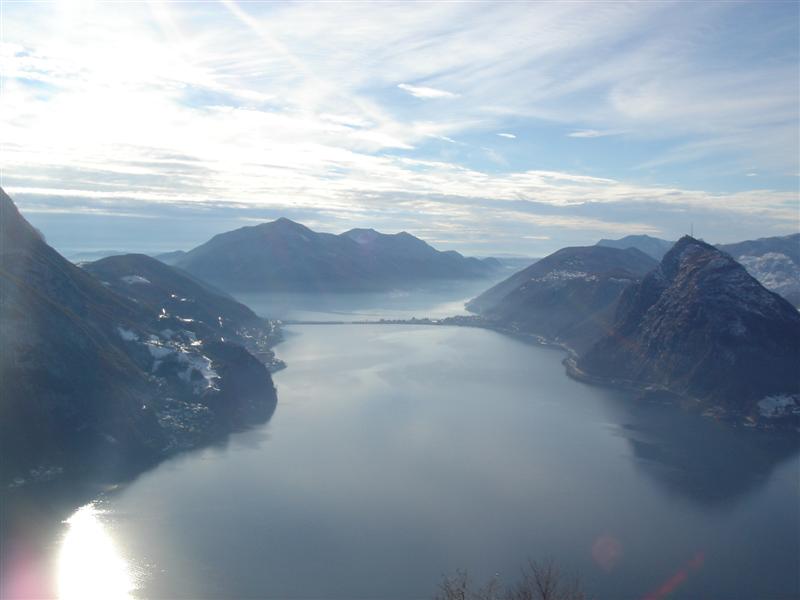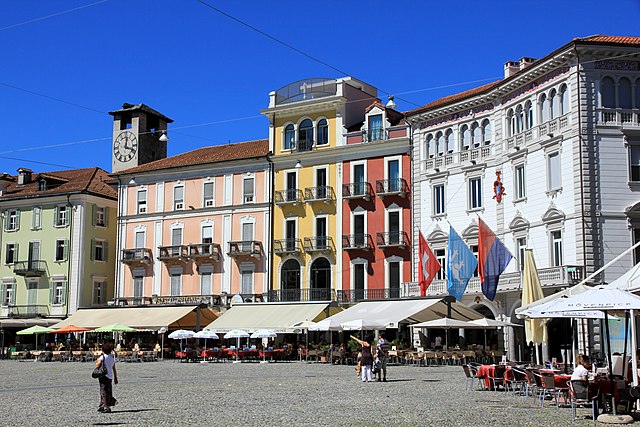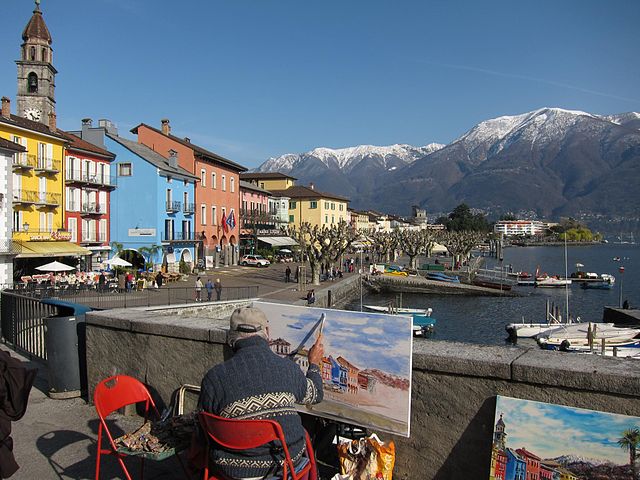Tripatini
the world's smartest travel social network
Terrific Ticino: Switzerland 'all'Italiana'
When it comes to this quintessential Alpine country deep in the heart of Europe, most people understandably think of it in terms of its Germanic and Francophone flavors. But way down in Switzerland's south, bordering Italy, the language and culture are Italian. Benvenuti (welcome) to Ticino!
Known in ancient Roman times as Ticinus, and connected to the rest of Switzerland by the Gotthard Pass tunnel through the Alps, the country's southernmost canton (equivalent to a state or province) is just 1,086 square miles 2,812 sq. kilometres) in size but into that petite size packs some spectacular natural beauty and 150-plus splendid cities and towns. It has similarities (and historic ties) to Italy's Lake Como/Lake Garda region as well as Milan (in fact, the closest major international airport is Malpensa, 55 miles/89 km away), but was conquered by forces of the Swiss Confederation in the 15th century.
You've no doubt heard of Ticino's largest city, Lugano (pop 63,000), perched on the Alpine lake of the same name - in my humble opinion one of the lovelier small-city settings in all of Europe. In addition to plenty of historic architecture from the Middle Ages to the 19th century, it's become quite the magnet for the well-heeled and famous in recent years, as well as Swiss from other parts of the country attracted by the temperate subtropical (yes, subtropical) microclimate and Ticino's more laid-back, sort-of Latin lifestyle (in fact, I remember talking to one local Teuton who came because she felt "stifled" up in Zurich).
Cool highlights include several interesting museums; lake cruises and water sports; and the postcard-pretty nearby lake village of Gandria, with narrow cobblestone streets, no cars, and all manner of delightful nooks and crannies. Right across the lake is another town called Campione d'Italia, most famous for its elegant casino and also notable for the fact that it's a tiny pocket of actual Italy surrounded by Switzerland.
In the valley of the Ticino River, at the foot of the Alps north of Lugano and east of Locarno, Bellinzona is Ticino's cantonal capital, with a population of around 18,000. As far as landmarks are concerned, its most famous are a trio of UNESCO World Heritage castles - Castelgrande (above), Montebello, and Sasso Corbaro, but there are also a number of museums and lovely old churches.
Known these days for its distinguished international film festival each August, Locarno is located at the northern tip of another majestic lake, Lago Maggiore, and boasts Switzerland's balmiest climate - complete with palm and lemon trees - as well as another charming old town including a 12th-century castle, the Castello Visconteo.
Also on the northern shore of Lago Maggiore, Ascona (pop. 5,400) is this mountainous country's lowest-altitude town (just 60 metres/196 feet above sea level), with another lovely, arcade-lined old town, Borgo; the lovely offshore Brissago Islands; and lakeshore gardens. Jazz lovers also know it as the site of Europe's largest jazz festival.
I'll be going more into detail about all the above and more in upcoming posts, but in the meantime, you can get more information at Ticino.ch.
images | Rooster133, 2Franck Arcuiolo, 3BjoernEisbaer, H005, 5Thomas Wenger
Videos
Groups
-
India
173 members
-
Tour Operators
873 members
-
Ireland
93 members
-
South Dakota
17 members
-
Azerbaijan
17 members
-
Shopping the World
55 members
-
Tech for Travel/Hospital…
87 members
-
Andorra
26 members
-
Online Corner
75 members
-
Minnesota
22 members
-
Backpackers & Hostels
84 members
-
Portugal
60 members
-
Turks and Caicos
26 members
-
Agritourism/Farmstays
72 members
-
Zambia
21 members
© 2025 Created by EnLinea Media.
Powered by
![]()
Badges | Report an Issue | Privacy Policy | Terms of Service





You need to be a member of Tripatini to add comments!
Join Tripatini